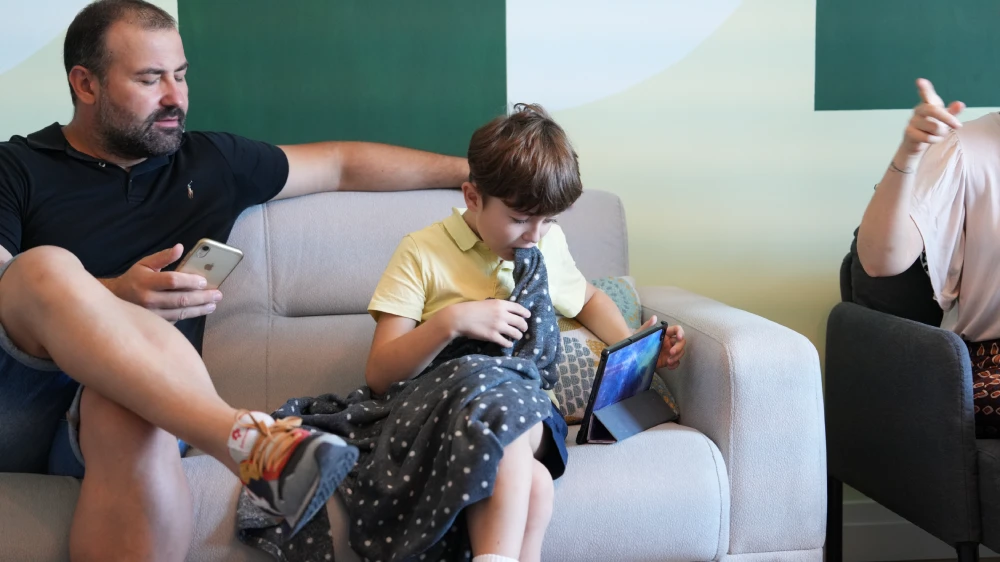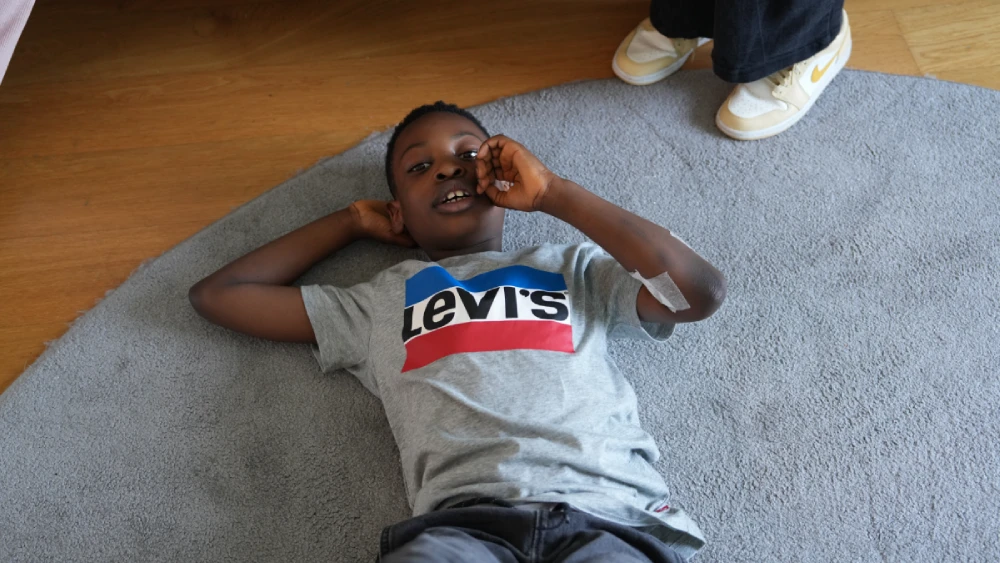Introduction
As parents, we all want to create a safe, nurturing environment for our children. But when you’re raising a child with autism, this task takes on a whole new meaning. We can only imagine how overwhelming it can feel. That’s why we’ve put together this guide to help you transform your home into a haven that supports your child’s unique needs. Let’s explore how research-backed strategies can make a world of difference in your daily life and your child’s development.
Understanding the Importance of Environment
2.1. The Power of Structure
For children with autism, the world can often feel chaotic and unpredictable. Creating a structured home environment isn’t just helpful – it’s essential. Research shows that a well-organized space can significantly reduce anxiety and improve behavior in children with autism (Mesibov et al., 2004).
2.2. Sensory Considerations
Every child with autism has unique sensory needs. Some may be oversensitive to light or sound, while others may seek out intense sensory experiences. Understanding and accommodating these needs in your home design can make a huge difference in your child’s comfort and ability to thrive (Schaaf & Lane, 2015).

Key Strategies for Home Organization
3.1. Create Clear Zones
- Designate specific areas for different activities (e.g., learning, play, relaxation).
- Use visual cues like color-coding or pictures to make these zones easily identifiable.
Research shows that clear environmental organization can help reduce anxiety and increase independence in children with autism (Hume & Odom, 2007).
3.2. Minimize Sensory Overload
- Choose calming colors for walls and furnishings.
- Invest in good lighting options, including dimmers for flexibility.
- Consider acoustic treatments to reduce noise levels.
A study by Kanakri et al. (2017) found that thoughtful lighting and acoustic design can significantly improve the well-being of children with autism in home environments.
3.3. Establish Predictable Routines
- Use visual schedules to outline daily activities.
- Keep necessary items in consistent, easily accessible locations.
Consistent routines have been shown to reduce anxiety and improve behavior in children with autism (Stoppelbein et al., 2016).
3.4. Create a Safe Sensory Space
- Set up a cozy corner with soft textures and calming elements.
- Include items for both sensory seeking and sensory calming.
Sensory spaces can provide crucial support for self-regulation in children with autism (Mills et al., 2016).
3.5. Organize for Independence
- Use clear storage solutions with picture labels.
- Arrange items at your child’s height to encourage self-help skills.
Promoting independence through environmental design can boost self-esteem and life skills in children with autism (Hume et al., 2009).
Challenges and Considerations
4.1. Balancing Family Needs
Creating an autism-friendly home doesn’t mean neglecting the needs of other family members. It’s about finding a balance that works for everyone. Remember, what’s good for your child with autism often benefits the whole family!
4.2. Adapting as Your Child Grows
Your child’s needs will change over time, and that’s okay. Be prepared to adapt your home environment as your child develops. Flexibility is key in this journey.
Conclusion
Creating a supportive home environment for your child with autism is a labor of love. It takes time, patience, and often a bit of trial and error. But trust me, the rewards are immeasurable. You’re not just organizing a space; you’re building a foundation for your child’s growth, independence, and happiness.
Remember, you’re doing an amazing job. Every step you take to support your child matters. Have you tried any of these strategies? What works best in your home? Share your experiences in the comments – your insights could be just what another parent needs to hear!
REFERENCES:
Hume, K., & Odom, S. (2007). Effects of an individual work system on the independent functioning of students with autism. Journal of Autism and Developmental Disorders, 37(6), 1166-1180.
Hume, K., Loftin, R., & Lantz, J. (2009). Increasing independence in autism spectrum disorders: A review of three focused interventions. Journal of Autism and Developmental Disorders, 39(9), 1329-1338.
Kanakri, S. M., Shepley, M., Varni, J. W., & Tassinary, L. G. (2017). Noise and autism spectrum disorder in children: An exploratory survey. Research in Developmental Disabilities, 63, 85-94.
Mesibov, G. B., Shea, V., & Schopler, E. (2004). The TEACCH approach to autism spectrum disorders. Springer Science & Business Media.
Mills, C., Chapparo, C., & Hinitt, J. (2016). The impact of an in-class sensory activity schedule on task performance of children with autism and intellectual disability: A pilot study. British Journal of Occupational Therapy, 79(9), 530-539.
Schaaf, R. C., & Lane, A. E. (2015). Toward a best-practice protocol for assessment of sensory features in ASD. Journal of Autism and Developmental Disorders, 45(5), 1380-1395.
Stoppelbein, L., Biasini, F., Pennick, M., & Greening, L. (2016). Predicting internalizing and externalizing symptoms among children diagnosed with an autism spectrum disorder: The role of routines. Journal of Child and Family Studies, 25(1), 251-261.
